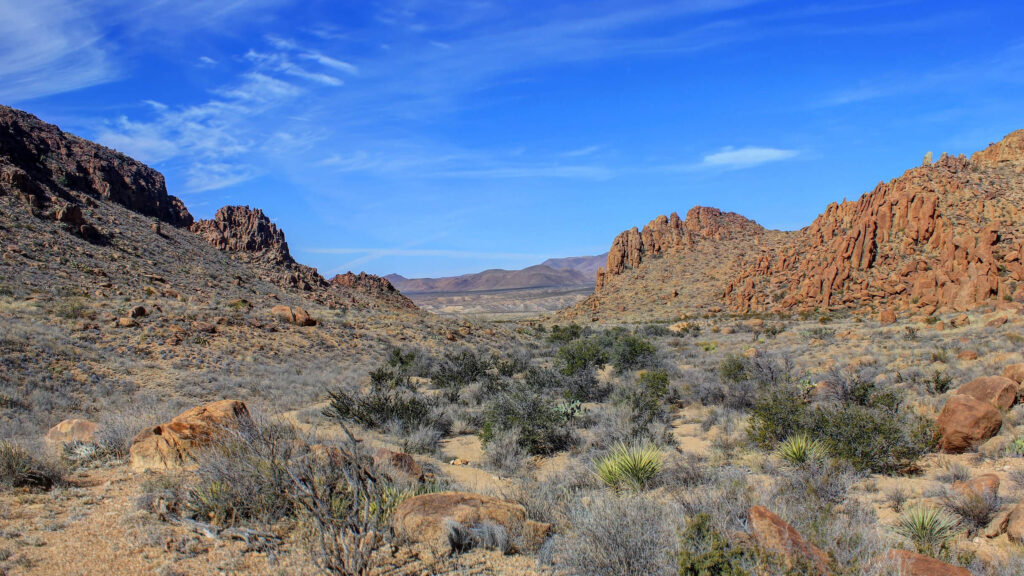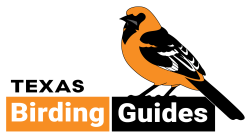FAQ
Olive Sparrow © Robert Royse
ANSWERS TO your QUESTIONS
Planning a birding trip involves many factors and some unknowns. This guide to frequently asked questions will assist you in the process. If you need further clarification on any points or have questions not covered here, please don’t hesitate to ask us!
Where do I go?
Texas is a big state with an astonishing diversity of biogeographic regions within its borders. Each region hosts its own suite of specialty birds often containing multiple species that aren’t readily found elsewhere in the state. Take a look at our locations page to get an idea of which regions are home to which species. Consider your birding objectives, how much you want to travel, and your budget. If the sky’s the limit, perhaps a tour that takes you from the Rio Grande Valley in southern Texas to the central Hill Country then farther west to Big Bend is the way to go!

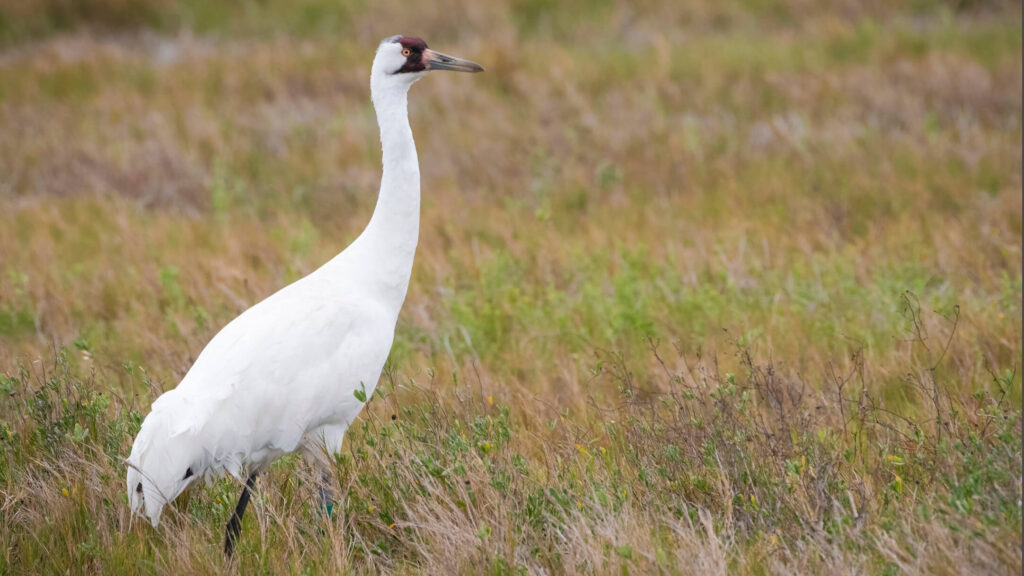
When do I come?
The best time to visit Texas depends on which location and/or specialty birds you want to experience. The Rio Grande Valley in southern Texas is exceptional during the non-breeding season, roughly November through March. The Upper Texas Coast is phenomenal during April and early May as migration is peaking but also hosts winter specialties. The Hill country best during April-May when the migrant breeding season kicks off. The birding in the Big Bend area is optimal during April-June when migrant breeders have arrived.
What will I see?
This depends on when you come, where you go, and your objectives. eBird is without doubt the most dynamic tool. Use the downloadable lists to the right to determine which species you can expect to see or target during your visit. You can view species sorted by taxonomic order (evolutionary relationships) or sighting frequency (percentage of checklists that have reported the species). NOTE: frequency does not necessarily reflect the likelihood of seeing a given species.
TAXONOMIC Order
Sighting FREQUency
Where do I stay?
Options are many and range from familiar chain hotels and high-end resorts to countless Airbnb rooms, apartments, and guest houses. Our personal favorites are birder-focused lodges and B&Bs set in nature with feeders and opportunities for photography. Ultimately, it is up to you, your overall preference, and your budget when it comes to where you want to stay. Booking is a great resource.
What do I bring?
Start with whatever you bring out birding on a regular basis – binoculars, spotting scope, camera, appropriate outerwear (including sunscreen, bug spray, and chapstick), daypack, and water/snacks. Check out our services page for a list of what we’ll bring along as well. Bring at least one layer each of clothes for warm, cold, and wet conditions. We recommend sticking with long pants, long sleeves, and closed-toed shoes when in the field.
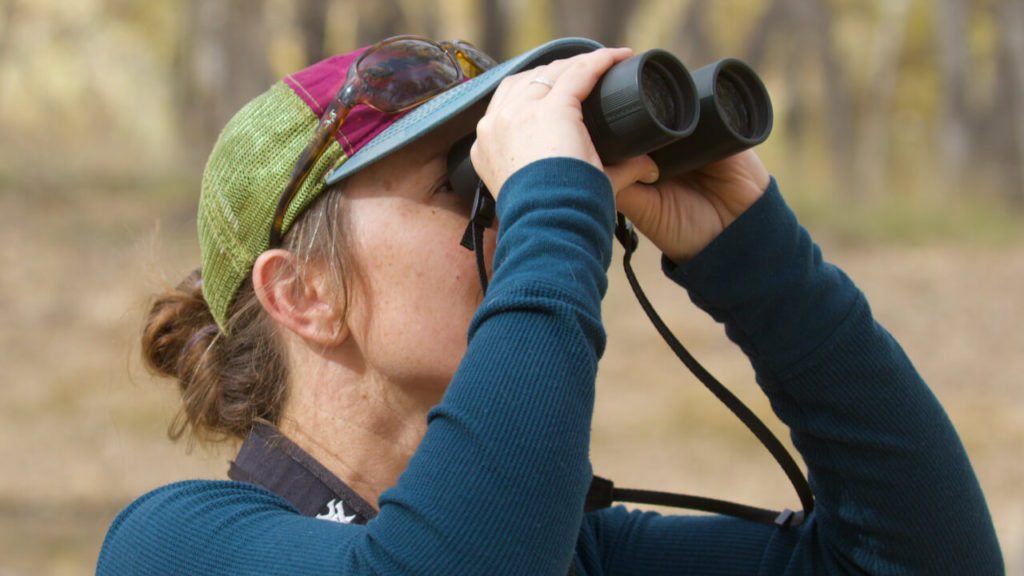
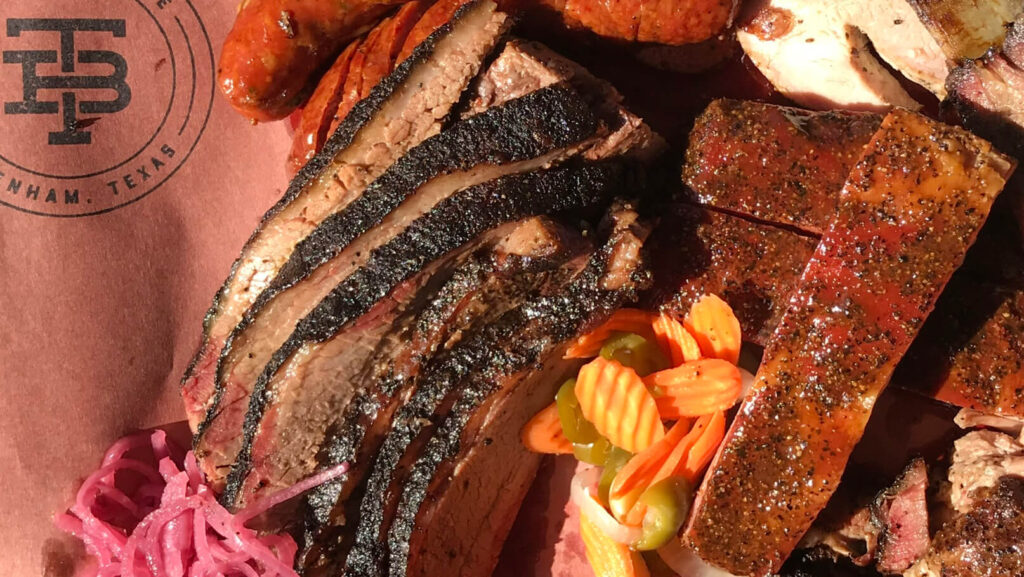
What do I eat?
Food is handled per circumstances and preferences. Breakfast is quick, usually at your lodging, a quick restaurant, or packed ahead of time for the field. Similarly, lunch is often on-the-go, either packed or ordered at a quick restaurant along the way. Often folks choose to beat the heat and the mid-day lull by taking a break and eating lunch at a dine-in restaurant. Dinner is without a doubt the best time to relax and enjoy some good food out. Most prefer to have a siesta, a shower, then get out for a taste of the town. Yelp and Trip Advisor are excellent resources.
What is the weather like?
Texas’s climate and weather varies dramatically by region and across elevations, particularly east to west. Temperatures in low elevations are generally mild in the winter and extreme in summer with ample humidity, while mountainous areas are cold in the winter and very hot in the summer but with lower humidity. It is always best to check conditions where you will be before you go. Accuweather and Weather Underground are the best resources.
